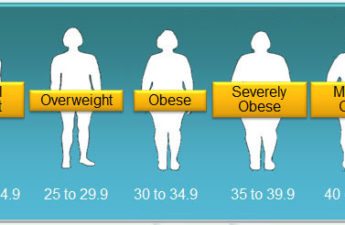From the Washington State Department of Health
OLYMPIA – Fifteen of Washington’s 115 commercial shellfish growing areas may face harvest restrictions because of increased fecal bacteria levels in the water. Every year, the Washington State Department of Health (DOH) evaluates the state’s commercial shellfish growing areas. DOH analyzes water sample data and assesses potential sources of pollution. A restriction is a change in harvest classification which could lead to a seasonal, environmental, or year-round closure.
Based on data collected through 2023, portions of growing areas in Mason County’s Annas Bay and Clallam County’s Dungeness Bay did not meet the stringent public health water quality standards. The areas remain open, but the classification will be reevaluated.
Shellfish harvest areas currently meeting water quality standards, but threatened with harvest changes due to fecal pollution levels include:
- Clallam County – Dungeness Bay
- Grays Harbor County – Grays Harbor and Pacific Coast
- Kitsap County – Dyes Inlet, Liberty Bay, and Miller Bay
- Mason County – Annas Bay and Hood Canal 6
- Pacific County – Bay Center
- Pierce County – Wollochet Bay
- San Juan County – Upright Channel
- Snohomish County – Port Susan and Skagit Bay South
- Thurston County – Eld Inlet and Henderson Inlet
Shellfish in the 15 areas, along with Annas Bay and Dungeness Bay, are still safe to eat.
The good news is this year water quality improved in five areas. Classifications will be reevaluated and may result in lifting shellfish harvest restrictions in:
- Whatcom County – Portage Bay
- Snohomish County – Port Susan
- Jefferson County – Hood Canal 3 (Dosewallips area)
- Pierce County – Vaughn Bay and Rocky Bay
Building on state, local, and tribal governments’ pollution prevention programs, DOH has invested more than $40 million since 2011 from the Environmental Protection Agency’s Puget Sound Geographic Funds. Using this money, DOH’s Shellfish Strategic Initiativeawarded more than $7 million to on-site sewage programs, local nonpoint pollution identification and correction programs, livestock manure management strategies, and wastewater treatment plant improvements in 2023 and 2024.
“Small changes can make a big difference when it comes to keeping our water clean,” said Scott Berbells, Shellfish Growing Area Section manager, DOH. “People can do their part by maintaining their septic systems, picking up pet waste, using pump out stations for boats and recreational vehicles, and managing animal waste from farms.”
DOH is responsible for the safety of commercially harvested shellfish in the state and uses national standards to classify all commercial harvest areas. Recreational harvesters can get up-to-date harvest information on the Shellfish Safety Map.


